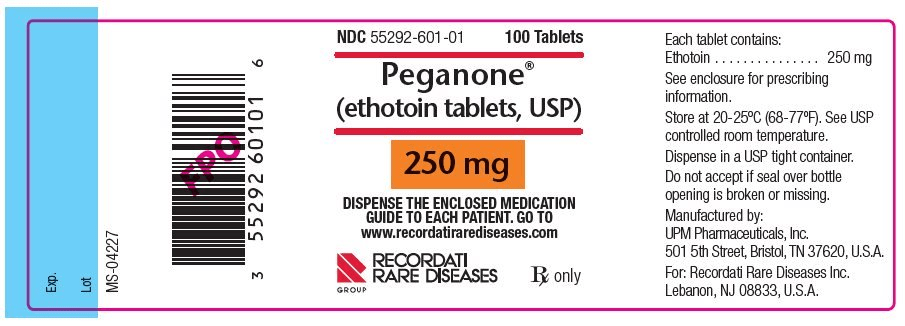Peganone
Seizures can be treated with peganone. Abnormal electrical activity in the brain is what causes seizures. Convulsions, muscle spasms, and loss of consciousness are just a few of the symptoms that can result from this. By raising the concentrations of specific chemicals in the brain that help to regulate electrical activity, peganone reduces the risk of seizures.Peganone has been demonstrated to be effective in treating trigeminal neuralgia, a condition characterized by excruciating facial pain, in addition to its use for treating seizures. Peganone reduces the amount of neurotransmitters released by injured nerve cells, which helps to relieve pain.


 Rated Excellent by 26,523+ Reviews
Rated Excellent by 26,523+ Reviews